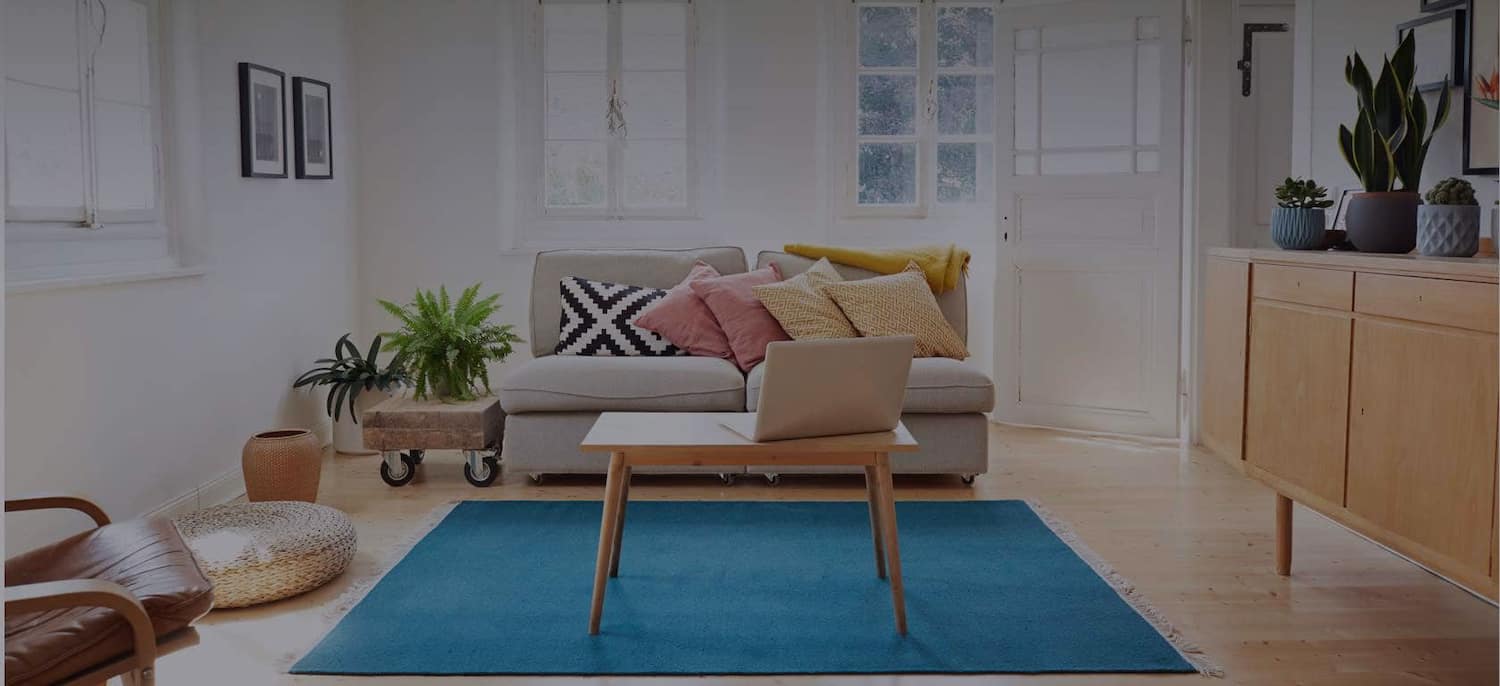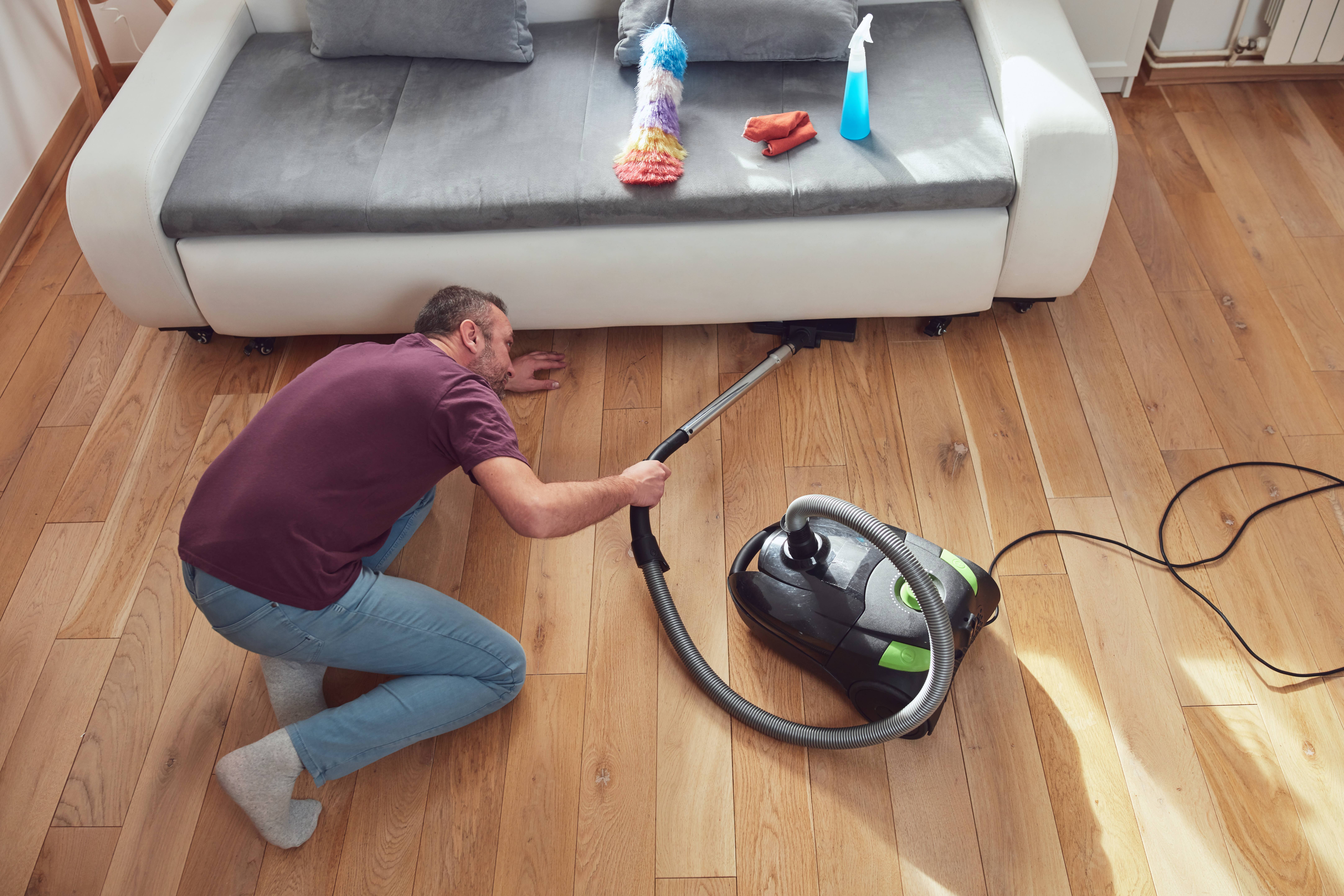
Busy Bee Carpet Steamers
Busy Bee Carpet Steamers
For effective and trustworthy carpet cleaning in Houston, TX, you can come to Busy Bee Carpet Steamers. We use advanced technology and efficient methods to reduce stains and remove dirt embedded deep within each fiber of the carpet. You don’t need to waste time and money trying out different carpet cleaning products when our qualified team will arrive fully equipped to start work right away. Our steam cleaning is done with all natural organic solutions and steam from our powerful commercial truck-mount cleaning machine. Very Professional, Reliable, Prompt, & Quality Service!
"very professional, and on time. I would use its services again."
Earl G on July 2025
For effective and trustworthy carpet cleaning in Houston, TX, you can come to Busy Bee Carpet Steamers. We use advanced technology and efficient methods to reduce stains and remove dirt embedded deep within each fiber of the carpet. You don’t need to waste time and money trying out different carpet cleaning products when our qualified team will arrive fully equipped to start work right away. Our steam cleaning is done with all natural organic solutions and steam from our powerful commercial truck-mount cleaning machine. Very Professional, Reliable, Prompt, & Quality Service!
"very professional, and on time. I would use its services again."
Earl G on July 2025














